How Tariffs Work and What They Mean for You in 2025
President Donald Trump is raising tariffs on all foreign goods, but how do tariffs work, and who pays?
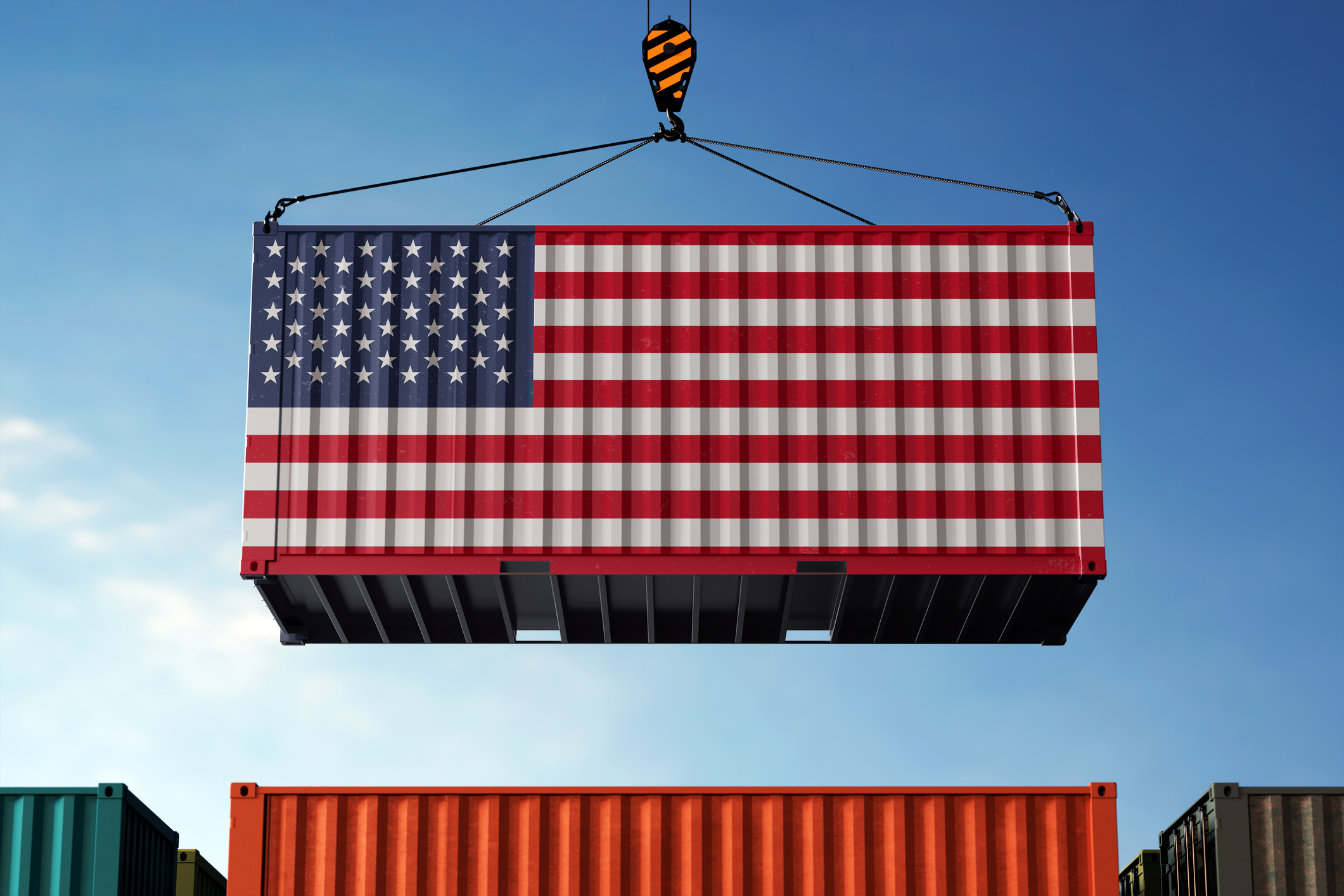

Tariffs on imported goods are a favored proposal in the eyes of President Donald Trump, who is imposing sweeping universal tariffs.
Since April, Trump has implemented a 10% baseline tariff on most imports in an on-again, off-again fashion (currently paused), with escalating rates targeting specific nations.
These measures have triggered price increases and retaliatory actions from trading partners.
From just $107.88 $24.99 for Kiplinger Personal Finance
Be a smarter, better informed investor.

Sign up for Kiplinger’s Free Newsletters
Profit and prosper with the best of expert advice on investing, taxes, retirement, personal finance and more - straight to your e-mail.
Profit and prosper with the best of expert advice - straight to your e-mail.
The Trump administration's tariffs are at historic levels, and the results could be troubling for U.S. consumers. Tariffs are said to cause prices of everyday goods to spike.
Here’s what you should know about what's happening with tariffs and how they impact your finances.
What are tariffs?
Tariffs are taxes that governments impose on goods and services imported from another country. Tariffs can be a source of revenue for a country but can also be used as a barrier to regulate international trade and safeguard domestic industries.
Governments generally impose tariffs for several reasons including to:
- Raise revenue
- Protect consumers and domestic industries
- Safeguard the nation from unfair trade practices
However, taxing imported goods can make those products more expensive to consumers. Tariffs also can make local products more attractive to buyers and spur competitiveness in the market, price gouging by locals — or in some cases, inflation.
Tariffs are still implemented as a “targeted tool” to protect the U.S. against unfair trade practices. However, data show that using tariffs as a revenue source can harm low- and middle-income households and benefit those with higher incomes.
How tariffs work: Who pays for tariffs?
When Trump imposed tariffs on various imports during his first term, U.S. consumers and firms were the hardest hit.
- When tariffs are levied on imports from foreign countries, the U.S. directly pays import taxes (tariffs) to the U.S. government for their purchases abroad, according to the Tax Foundation.
- However, the economic burden of tariffs generally falls on consumers. After U.S. businesses pay import tariffs, they often pass on price increases to consumers to make a profit.
- As part of the collateral damage from tariffs, consumers might see prices of goods increase or product stagnation, to name a few.
For example, if a U.S.-based car business is paying $20,000 to import a vehicle from China, a 60% tariff would mean $12,000 more to import that car. Some of that price increase might be passed onto the consumer, resulting in a more expensive car.
"Tariffs are ultimately paid for in large part by consumers and businesses in the domestic economy," the Tax Foundation underscored during the pandemic.
Where will you see prices increase due to tariffs? Pretty much across the board, from essentials such as food and medicine to toys and apparel. Here are a few examples of tax increases on everyday items.
- $200 on food
- $210 on medicine
- $300 on electronics
- $220 on apparel, footwear, and jewelry
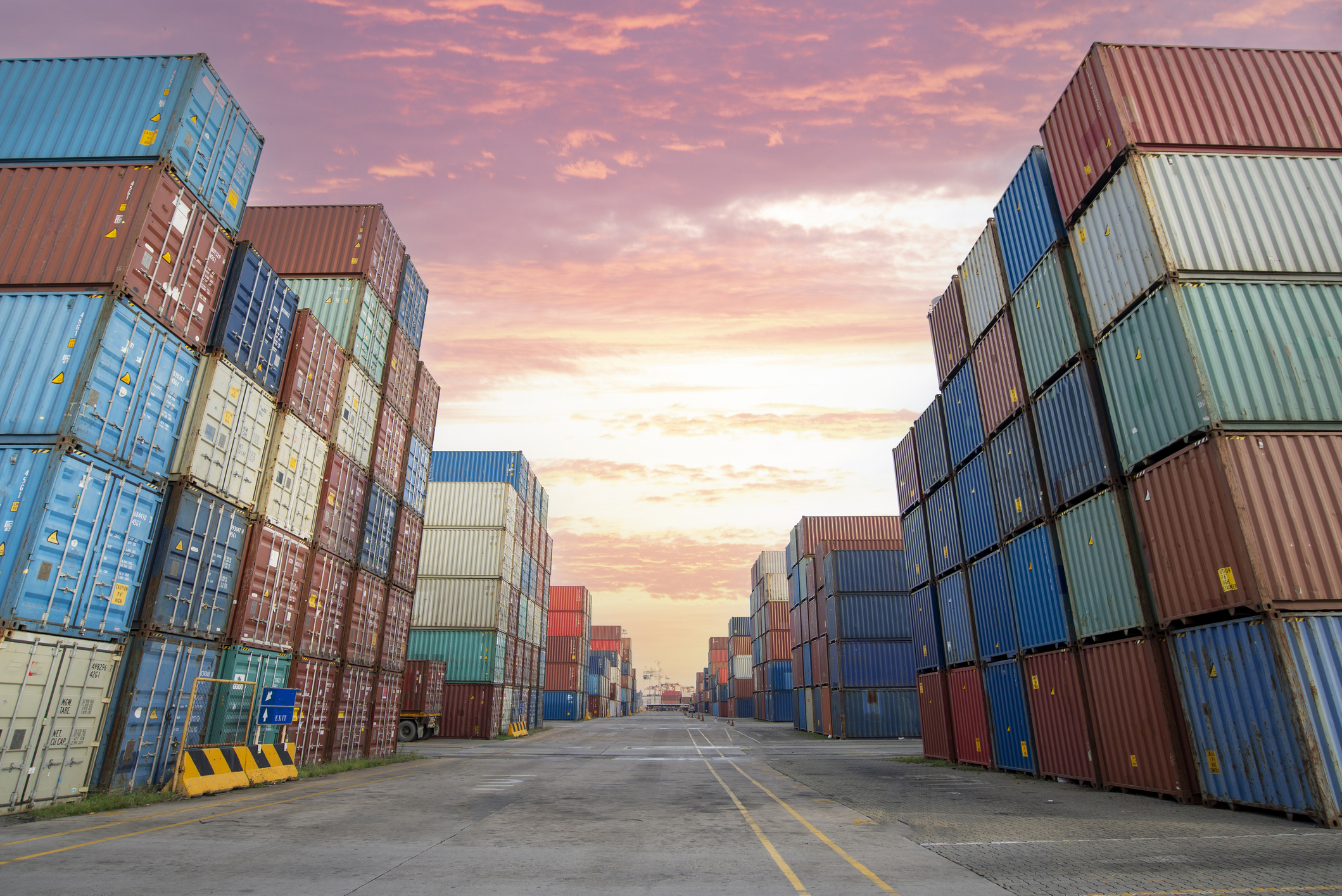
Are tariffs good or bad?
Overall, tariffs can be a double-edged sword, offering political leverage and domestic protection while imposing regressive consumer costs and economic risks.
Right now, Trump's sweeping tariffs will likely harm most households and GDP growth, though specific industries could benefit, depending on what happens with the levies and retaliation.
While every U.S. household would likely see a tax increase under Trump’s tariff plans, the highest earners would benefit the most. That’s because, as the Peterson Institute for International Economics (PIIE) finds, high tariffs often imply a “massive shift of the tax burden from richer taxpayers toward lower-income households.”
Under a 10% worldwide tariff and 60% tax on imported Chinese goods, the Tax Policy Center projected that U.S. households could see declines in after-tax income anywhere from 1.7% to 1.9%.
However, those in the top 0.1% would see their after-tax income fall by about 1.4%. Those impacts will be more significant, given the 104% tariff recently imposed by Trump on China.
In dollar terms, Trump’s higher tariffs likely mean:
- Lower-income households (those earning up to $32,800 a year) would pay about $320 more in taxes (an after-tax income decline of 1.7%)
- Middle-income households (earning from $63,300 to $113,100) would pay about $1,350 more in taxes (an after-tax income decline of 1.8%)
- The top 0.1% (those earning more than $4 million annually) would pay about $133,000 more in taxes (representing an after-tax income decline of 1.4%)
“It’s a high-stakes game, and what is at stake is the health of the US economy and that of the rest of the world,” the organization recently noted.
Trump tariffs: Bottom line
Sweeping tariffs are a key part of Trump’s second-term policies. Most economists who oppose this policy see it as a tax that could harm those with lower and middle incomes.
While tariffs can foster less dependence on other countries' goods and promote competition, they're taxes that can increase prices for consumers such as you.
Separately, Trump has floated the idea of an External Revenue Service that would collect tariffs and fees. Details aren't available yet.
Read More
- Hallmark Raising Prices Due to Tariffs: What to Know
- Trump’s Pitch for an ‘External Revenue Service’
- What's Happening Now With Trump Tariffs?
Profit and prosper with the best of Kiplinger's advice on investing, taxes, retirement, personal finance and much more. Delivered daily. Enter your email in the box and click Sign Me Up.

Gabriella Cruz-Martínez is a finance journalist with 8 years of experience covering consumer debt, economic policy, and tax.
Gabriella’s work has also appeared in Yahoo Finance, Money Magazine, The Hyde Park Herald, and the Journal Gazette & Times-Courier.
As a reporter and journalist, she enjoys writing stories that empower people from diverse backgrounds about their finances, no matter their stage in life.
-
 Four Essential Michael Jordan Quotes on Life in Retirement
Four Essential Michael Jordan Quotes on Life in RetirementThe GOAT of basketball on how he spends his time and what he misses.
-
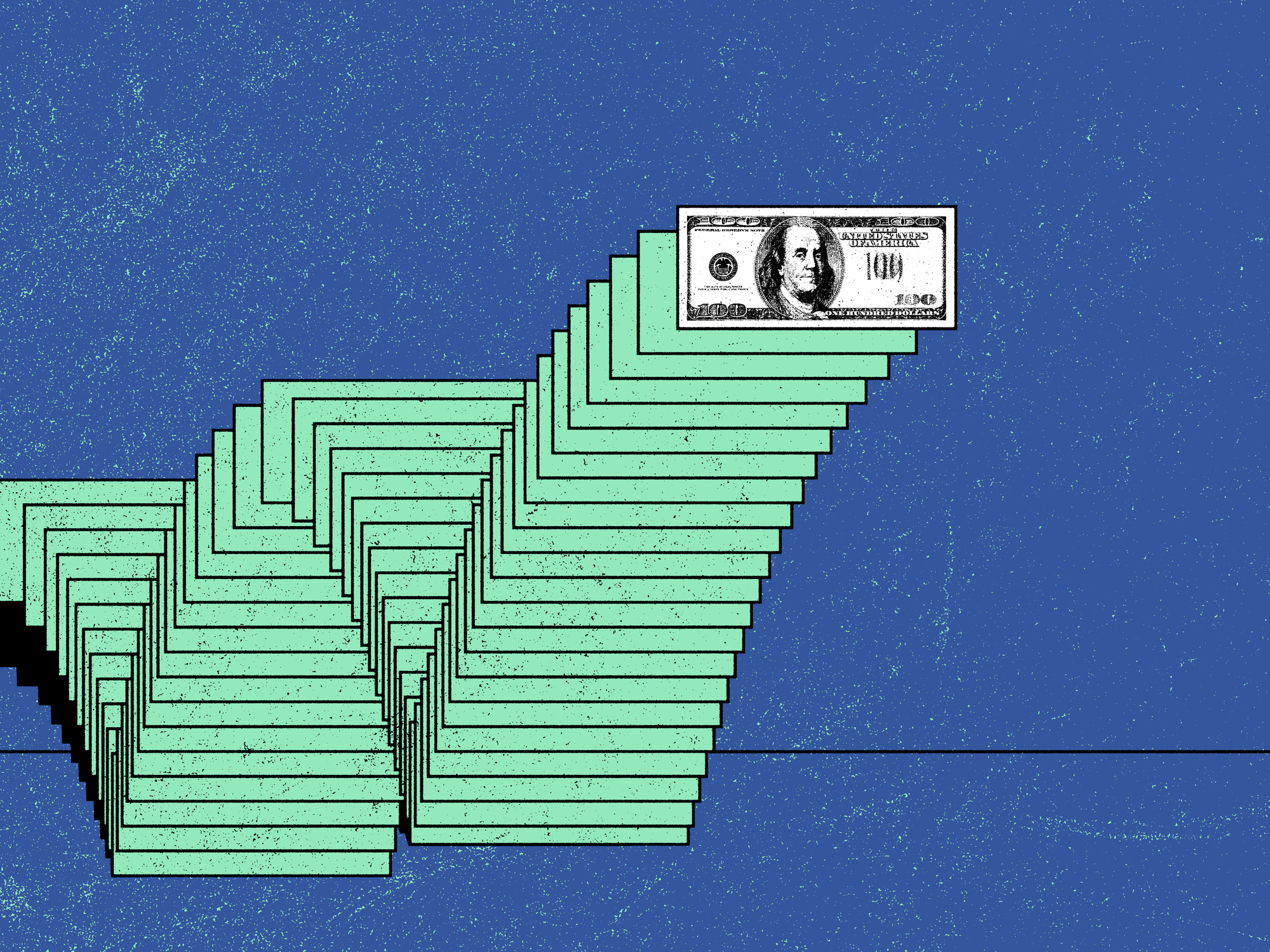 Three Critical Tax Changes Could Boost Your Paycheck in 2026
Three Critical Tax Changes Could Boost Your Paycheck in 2026Tax Tips The IRS predicts these tax breaks may change take-home pay in 2026. Will you get over $1,000 in tax savings?
-
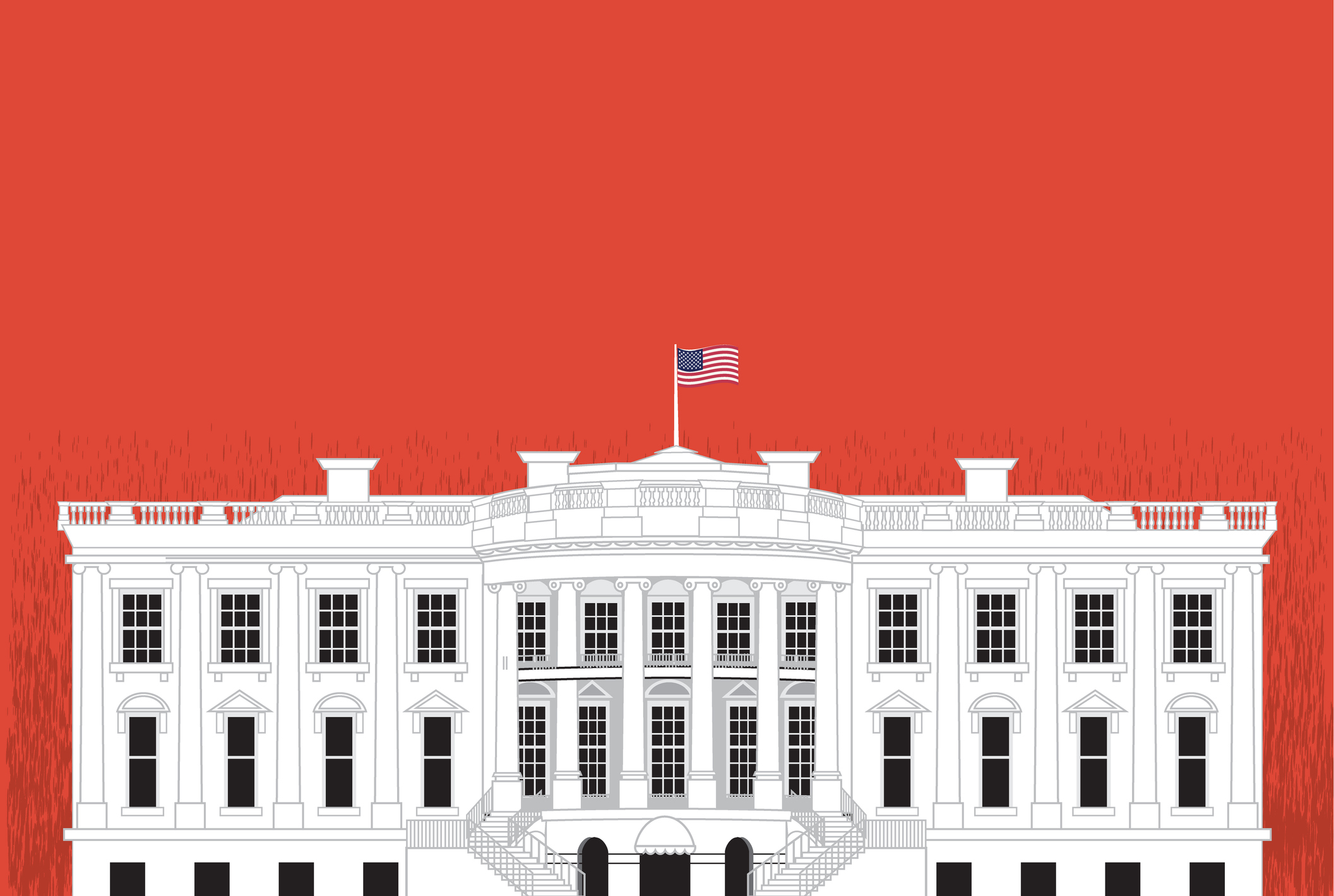 New Trump 2025 Tax Bill and Your Taxes: What You Need to Know
New Trump 2025 Tax Bill and Your Taxes: What You Need to KnowTax Law From standard deduction amounts to tax brackets and Medicaid cuts, here’s what individual filers need to know about tax changes in Trump's so called "big beautiful bill."
-
 Standard Deduction 2026 Amounts Are Here
Standard Deduction 2026 Amounts Are HereTax Breaks What is the standard deduction for your filing status in 2026?
-
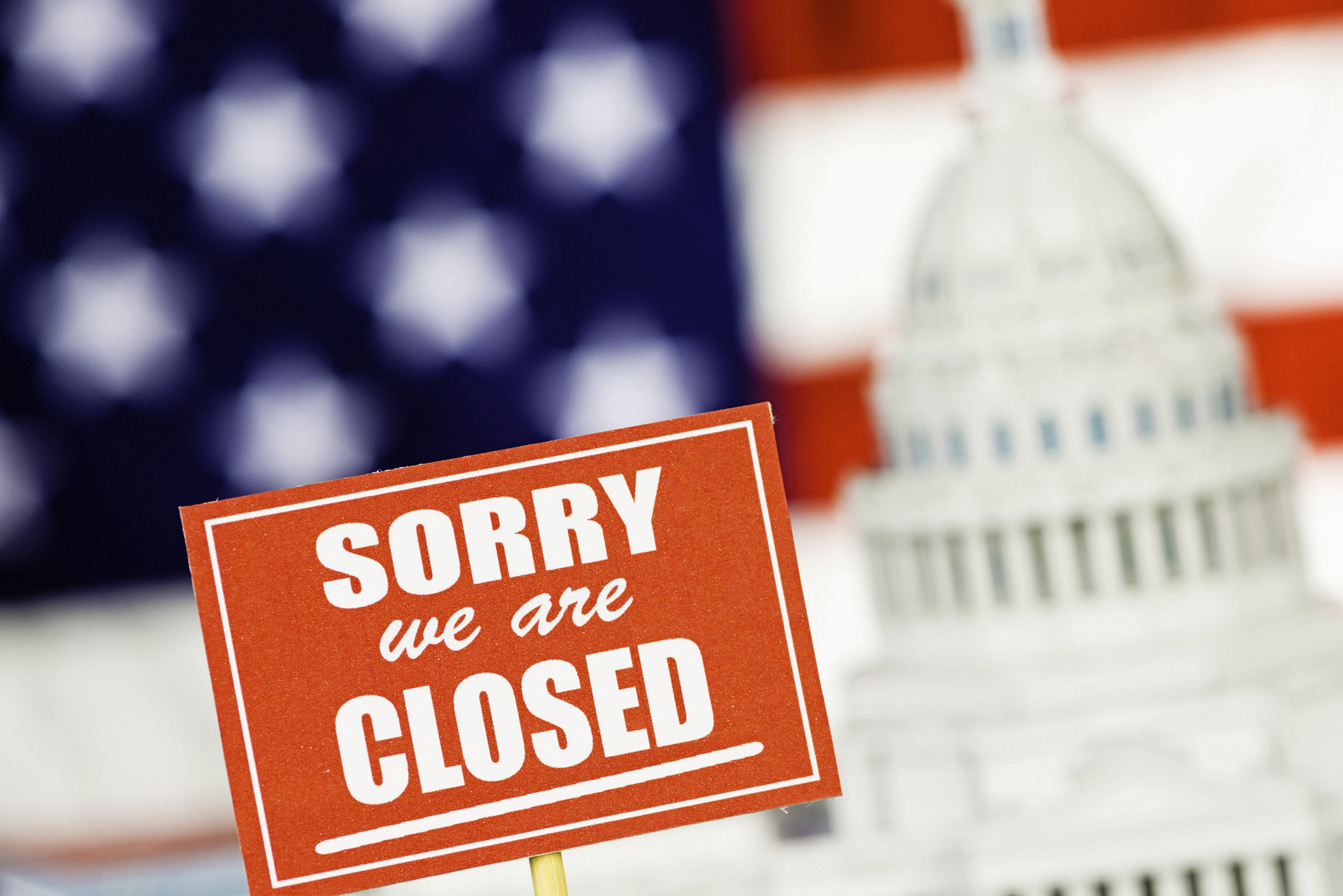 Health Insurance Tax Credits and the Government Shutdown: What to Know
Health Insurance Tax Credits and the Government Shutdown: What to KnowTax Credits Previous shutdowns have occurred for various reasons, including border wall funding. But this time, the standoff centers in part on health care and taxes.
-
 Three Popular Tax Breaks Are Gone for Good in 2026
Three Popular Tax Breaks Are Gone for Good in 2026Tax Breaks Here's a list of federal tax deductions and credits that you can't claim in the 2026 tax year. High-income earners could also get hit by a 'surprise' tax bill.
-
 IRS Phasing Out Paper Checks: What Happens After September 30?
IRS Phasing Out Paper Checks: What Happens After September 30?Tax Changes Avoid delays when IRS tax refunds and Social Security paper checks are cut off. Here’s what to know.
-
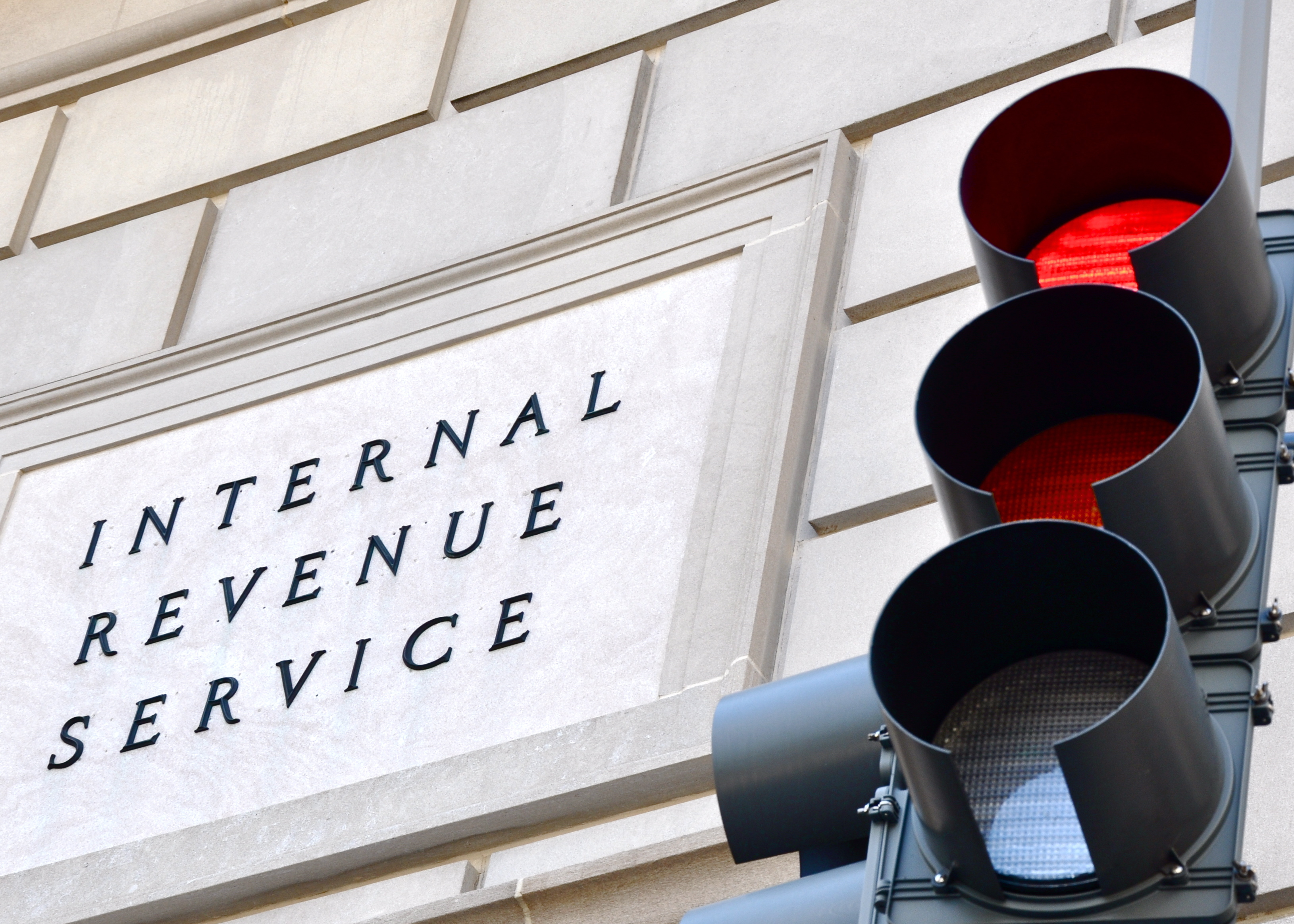 IRS in Turmoil: GOP Budget Cuts and Staff Shake-Ups Threaten Taxpayer Services
IRS in Turmoil: GOP Budget Cuts and Staff Shake-Ups Threaten Taxpayer ServicesIRS Republican lawmakers advance a controversial budget bill that would gut IRS funding further, risking your 2026 tax filing season.
-
 Are Trump Tariffs Legal? Three Things to Know About the Supreme Court Case
Are Trump Tariffs Legal? Three Things to Know About the Supreme Court CaseTax Law The outcome of this legal battle about tariffs will hit your wallet in one way or another.
-
 Is Trump's Tax Plan Speeding Up the Looming Social Security Funding Crisis?
Is Trump's Tax Plan Speeding Up the Looming Social Security Funding Crisis?Social Security Social Security's combined retirement funds are running out of cash, and its insolvency date is expected to occur in less than a decade.